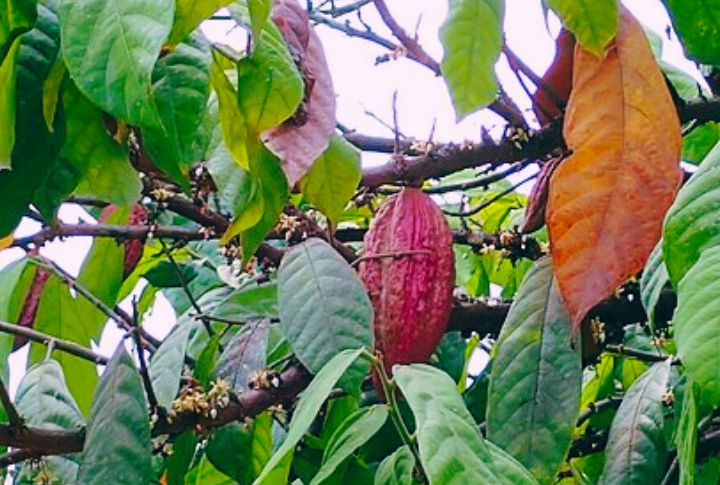
Fruits, once cherished for their unique flavors and cultural significance, have gradually disappeared from markets and kitchens. Over time, changes in agriculture, climate, and consumer preferences have erased many of these fruits from existence. In this journey, we’ll explore some forgotten fruits that may never grace our plates again.
Judean Date Palm (Original Strain)
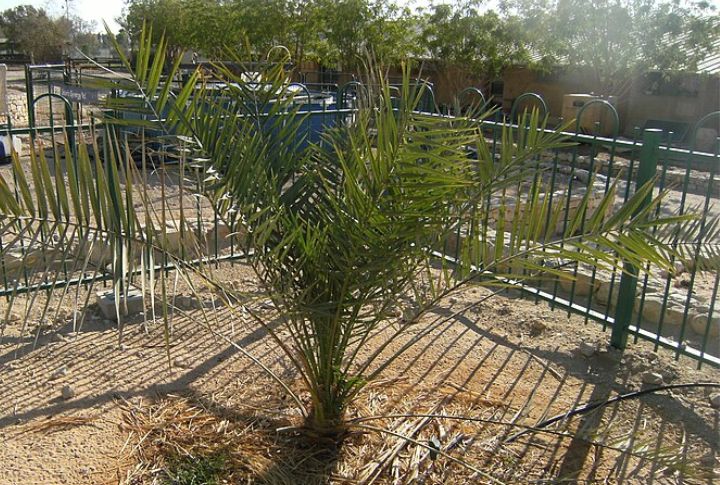
Archaeologists recovered 2,000-year-old seeds at Masada and sprouted new trees. Though promising, the results don’t fully reflect the original’s traits—once widespread in ancient Israel, this date variety produced large, sweet fruit. Centuries of deforestation and climate shifts erased it, and the ancient cultivar remains extinct today.
Ansault Pear
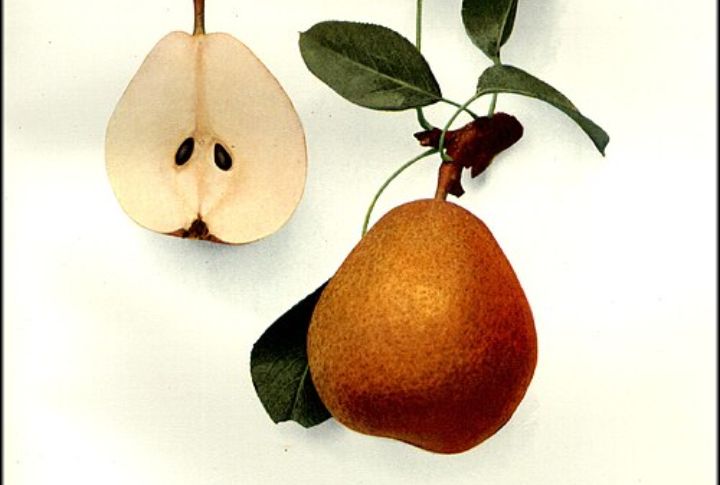
This French dessert pear was celebrated for its tender flesh and honeyed flavor. It was once a centerpiece at 19th-century banquets and praised in horticultural texts. Despite efforts to preserve it, no living trees remain. Its loss left behind a silent gap in culinary heritage and horticultural records.
Taliaferro Apple
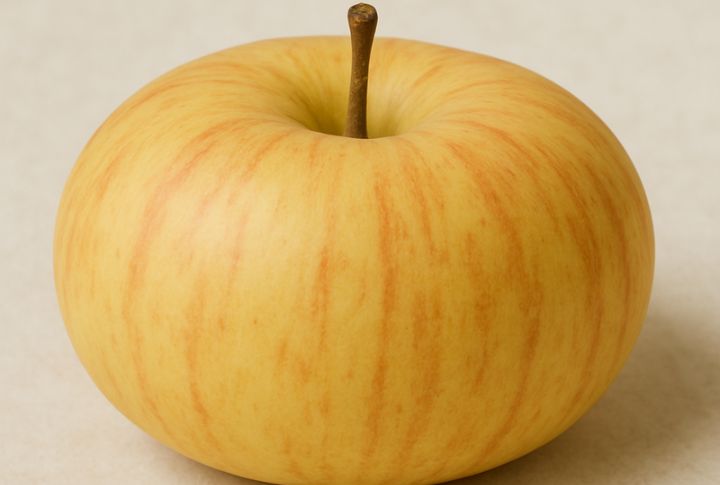
Efforts to recover the original cultivar have met only disappointment. Described as small but intensely flavored, the Taliaferro apple was widely grown in Virginia during the 18th century. Thomas Jefferson praised it as the best cider apple he had tasted. By the 20th century, it had vanished entirely.
Madagascar Kokoa Fruit
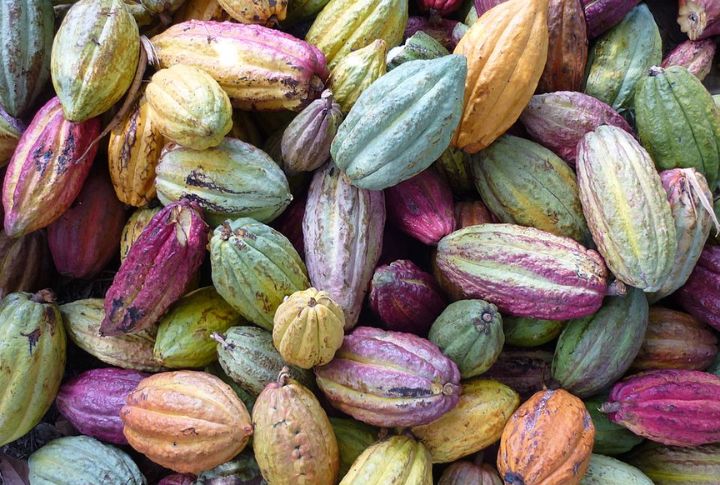
In Madagascar, wild Theobroma relatives added rich genetic traits to chocolate’s ancestry. Their resilience and unique flavors stood out. Though deforestation pushed them toward extinction, some wild strains remain. Conservationists preserve samples while searching for survivors in the hopes that not all traces of this cocoa lineage are truly lost.
Himalayan Wild Lemon
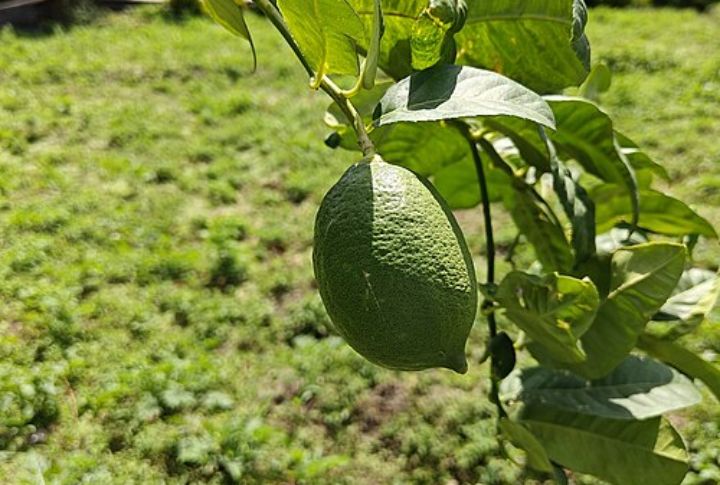
Native to high-altitude regions of India and China, this lemon species thrives in cold, rocky climates. Believed to be a hybrid of ancient citron and wild citrus, it was used in local remedies. Modern habitat loss and climate change have made wild sightings increasingly rare, possibly extinct.
Kalimantan Wild Durian
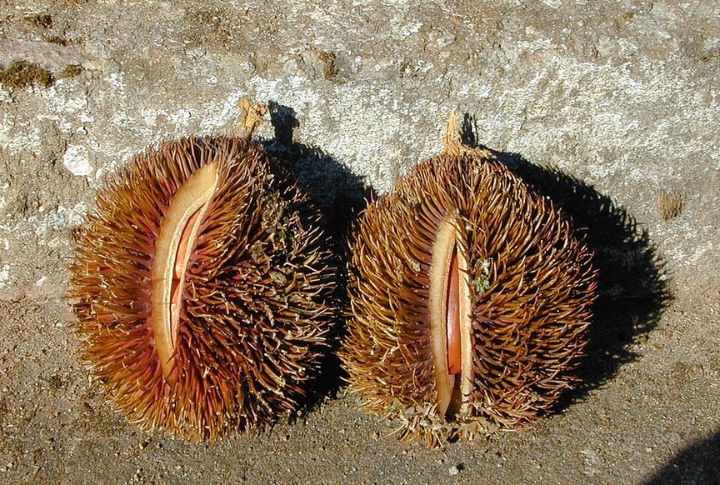
This wild durian is native to Borneo’s rainforests. It has a mild flavor and smoother texture than its pungent relatives. Overshadowed by commercial varieties, it lost its place in cultivation. As logging continues in Kalimantan, sightings have declined, which makes it harder to protect or reintroduce this unique species.
Indian Bael Fruit (Wood Apple, Wild Type)
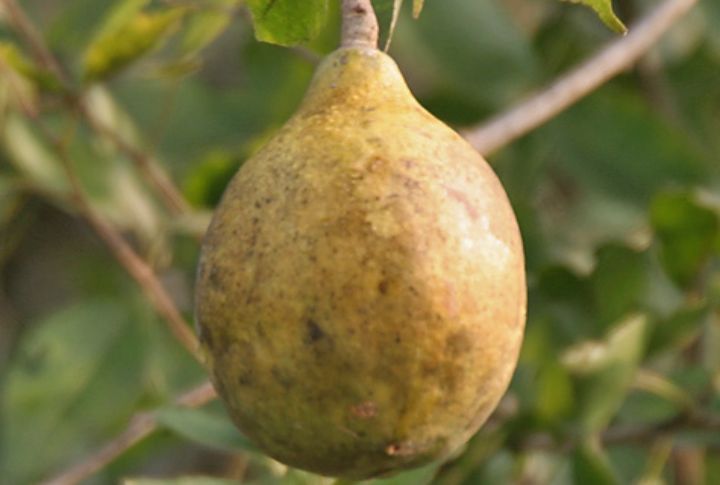
Traditionally sacred in India, the wild bael tree produced fruit for rituals and healing. Overharvesting and land development made wild specimens rare. The cultivated kind survives, but its tougher, more medicinal wild cousin is nearly gone. Botanists are working to trace remaining populations in shrinking forests.
Jamaican Guava
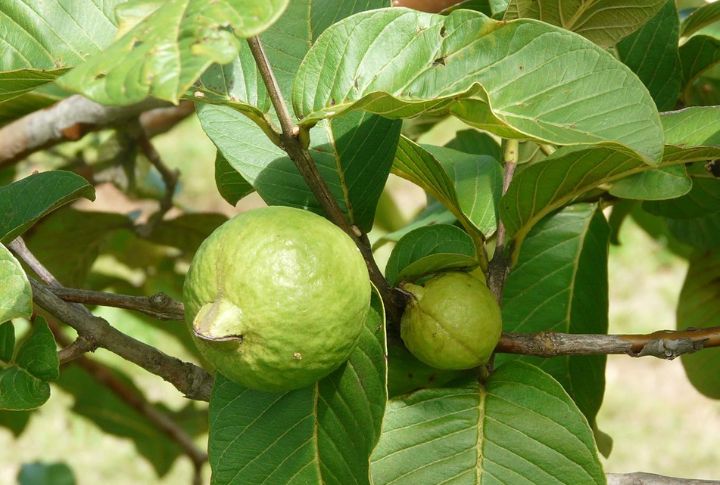
This guava variety was once common across Jamaican hillsides, valued for its sharp, tangy flavor and traditional uses. Hybrid guavas gradually replaced it, while urbanization and land clearing accelerated its decline. The last wild plant was recorded in 1976, and it is now considered extinct.
Ele Ele Banana
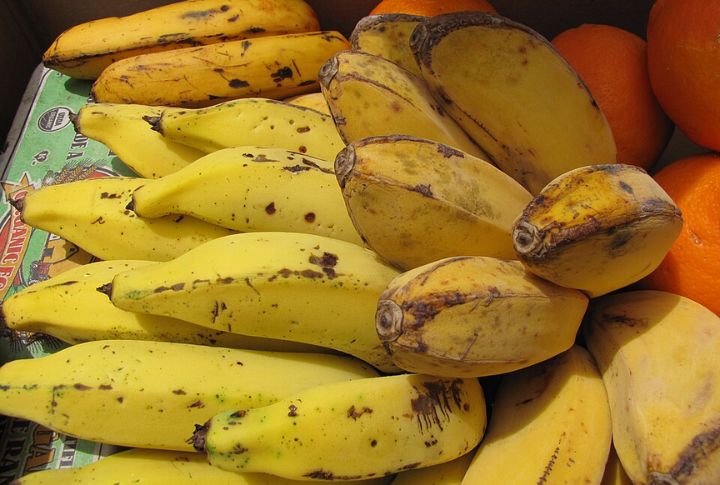
Known as Hawaii’s “black banana,” the Ele Ele grows on dark stalks and carries a creamy, citrus-kissed flavor. Once sacred to Kanaloa, it’s now fading. Disease and commercial competition threaten its survival by overshadowing this slow-growing fruit’s deep cultural roots and environmental advantages.
Jamaican Anchovy Pear

The anchovy pear, known for its rich, oily fruit used in Jamaican cuisine, has become increasingly rare. Habitat loss from deforestation and development has significantly reduced the number of trees. As a result, the fruit has largely disappeared from local diets and markets.
Leave a comment